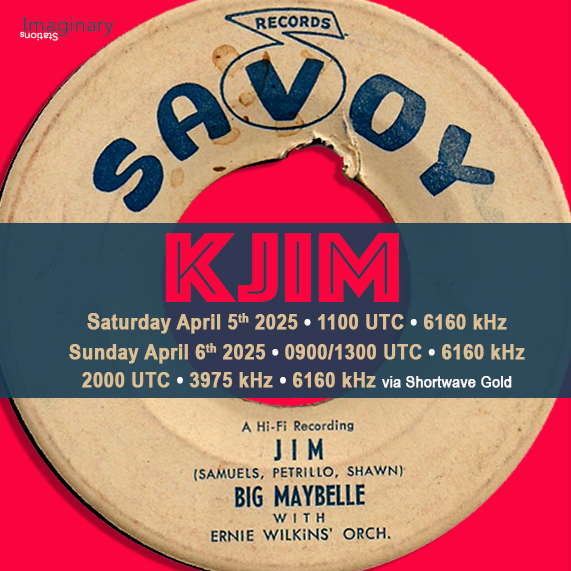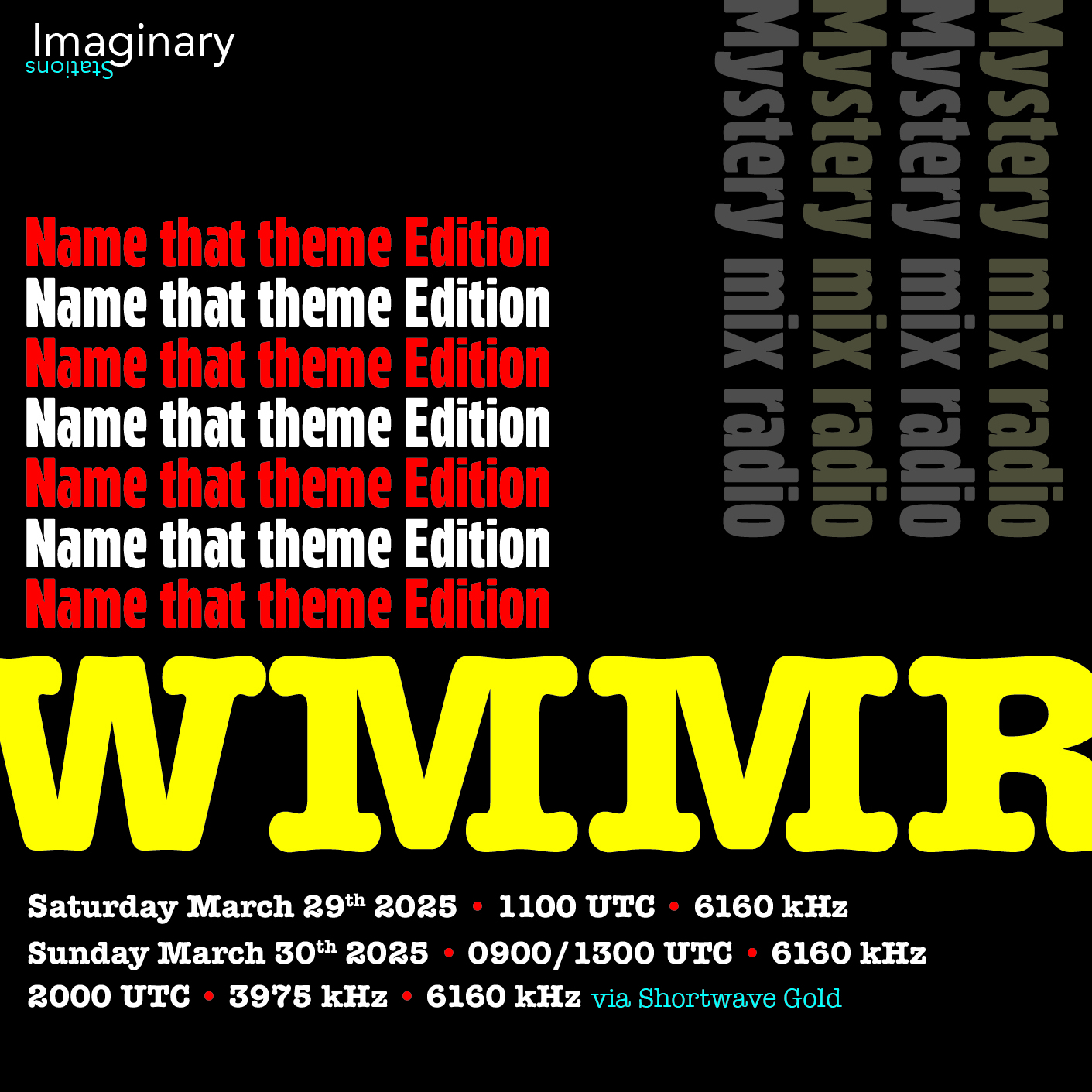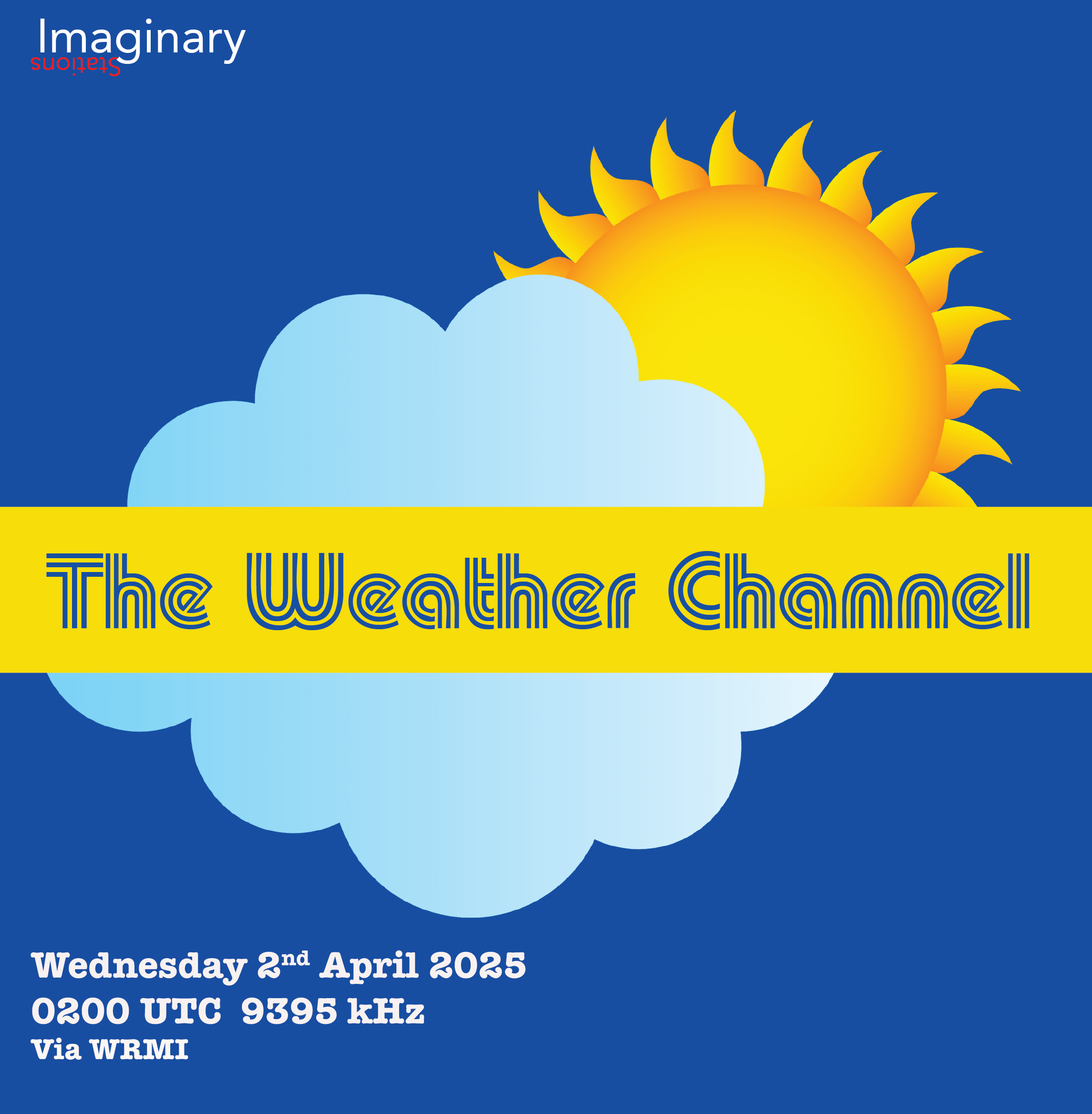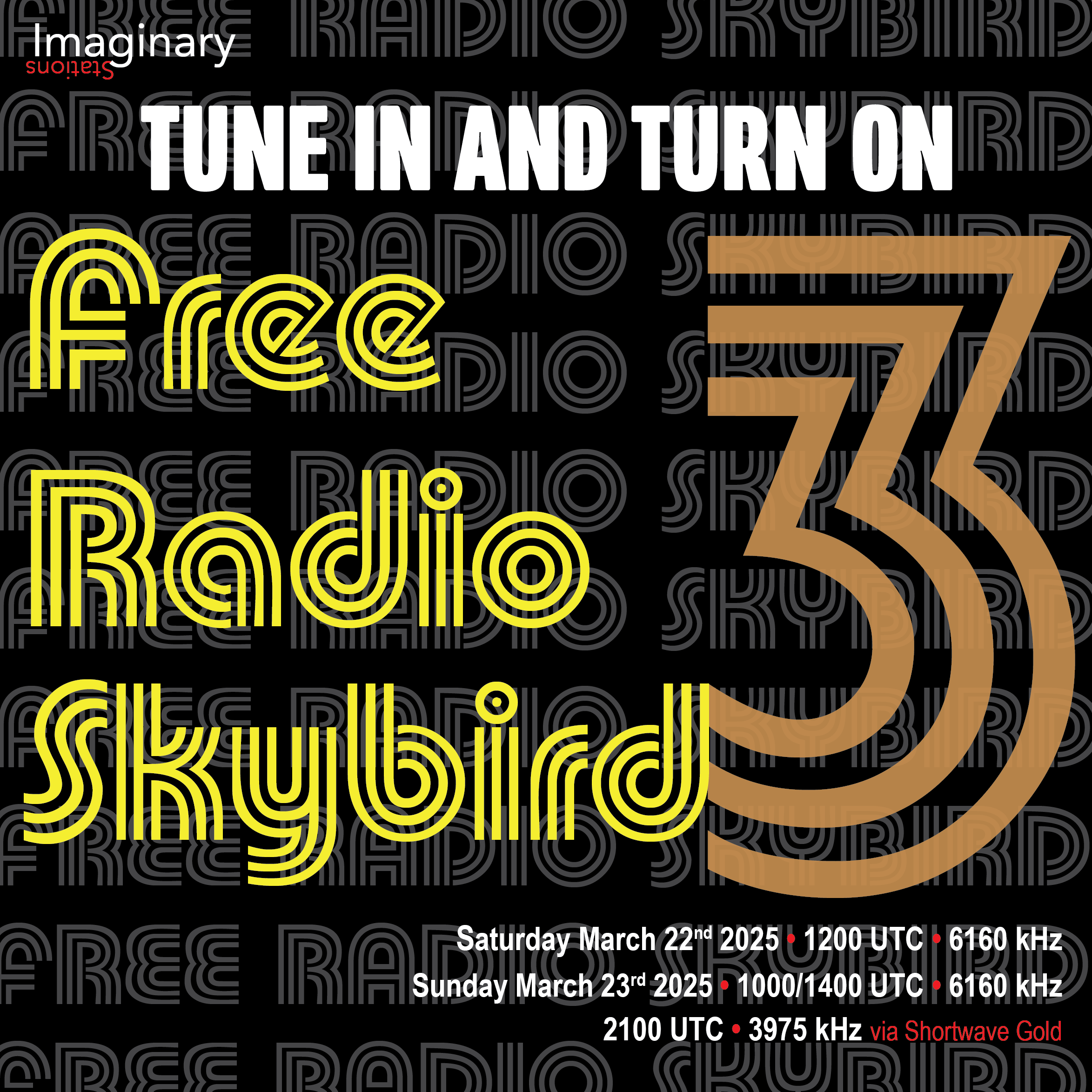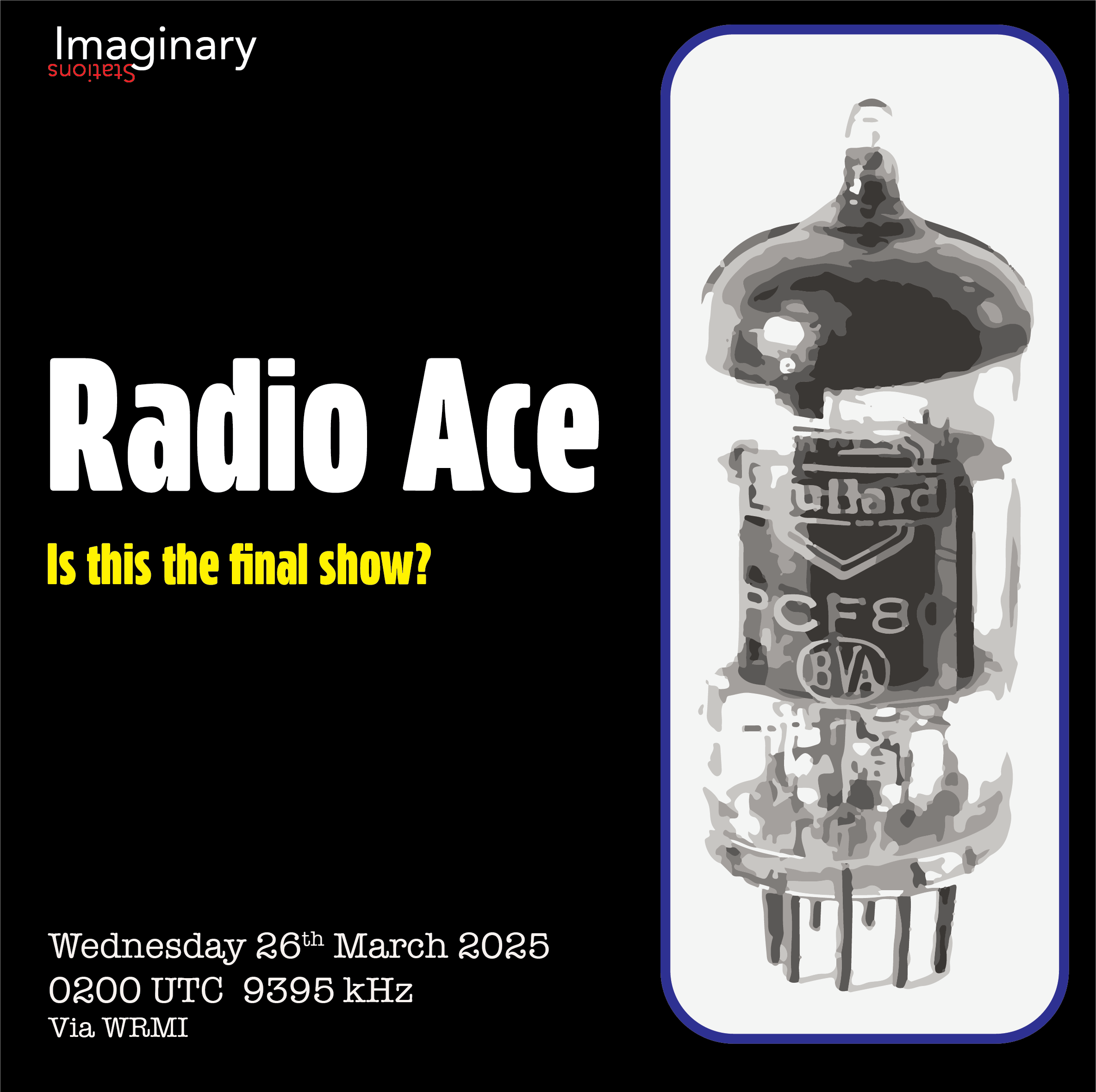Many thanks to SWLing Post contributor Don Moore–noted author, traveler, and DXer–for the latest installment of his Photo Album guest post series:

Lago de Atitlán con el pueblo de Panajachel de fondo (Photo by Larissa Gomez via Wikimedia Commons)
Don Moore’s Photo Album:
Guatemala (Part Four) – To the Western Highlands
More of Don’s traveling DX stories can be found in his book Tales of a Vagabond DXer [SWLing Post affiliate link]. If you’ve already read his book and enjoyed it, do Don a favor and leave a review on Amazon.
If anyone deserves recognition as the first tourists to visit western Guatemala it would be the American John Lloyd Stephens and Englishman Frederick Catherwood. In the 1820s and 1830s, Stephens traveled extensively in Europe and the Middle East and published several books about his journeys. On one of those trips he met Catherwood, an accomplished artist who traveled around the Mediterranean making drawings of archaeological sites.
The pair decided to visit Central America after coming across accounts of ruins in the region by the Honduran explorer Juan Galindo. Their trip received official support when U.S. President Martin van Buren appointed Stephens as a special ambassador to Central America. The two men wandered the region for several months in 1839-40 visiting known Mayan sites and rediscovering many others. Stephens wrote two books about their travels, Incidents of Travel in Central America, Chiapas and Yucatán and Incidents of Travel in Yucatán while Catherwood published a book of his drawings, Views of Ancient Monuments in Central America, Chiapas and Yucatan. All three books became immediate bestsellers.

Frederick Catherwood’s 1840 lithograph of the central plaza in Quetzaltenango, Guatemala.
The three books introduced the Mayan civilization to the rest of the world for the first time, bringing new visitors to the region. Some came to do serious research. Others were just curious adventurers. But the numbers that came were small as only a few wealthy people had the time and money to journey to exotic places.
Then the 1960s brought a new kind of tourist – the hippie. Many young people in Europe and North America saw flaws in the materialism of their own societies and became interested in experiencing non-western cultures. The Mayan region of Guatemala was a perfect destination. It was exotic, relatively easy to get to, and cheap.
That qualification of cheap was especially important. The hippies weren’t big spenders staying in classy hotels and eating at pricey restaurants. They found rooms in basic hospedajes and ate everyday local food cooked by indigenous women at roadside comedores. In many ways that was better. The money went directly to local working people instead of to the wealthy owners of fancy establishments.
The 1960s and 1970s became the era of hippie tourism in Guatemala. Most of visitors went to the area around Lake Atitlán, drawn by the lake’s natural beauty and the region’s year-round springlike climate. The epicenter of it all was the little lakeshore village of Panajachel.
Clouds of War

To anyone wandering the shoreline of Lake Atitlán in the mid-1970s, Guatemala seemed to be a peaceful place. In reality, a guerilla war was raging just a hundred kilometers away. In 1954, a CIA-sponsored coup overthrew Guatemala’s elected government and ushered in a long period of repressive military regimes. With the military showing no signs of relinquishing power, around 1965 a few leftist activists went into the remote mountains of northern Huehuetenango and Quiché departments with hopes of repeating Fidel Castro’s success in Cuba.
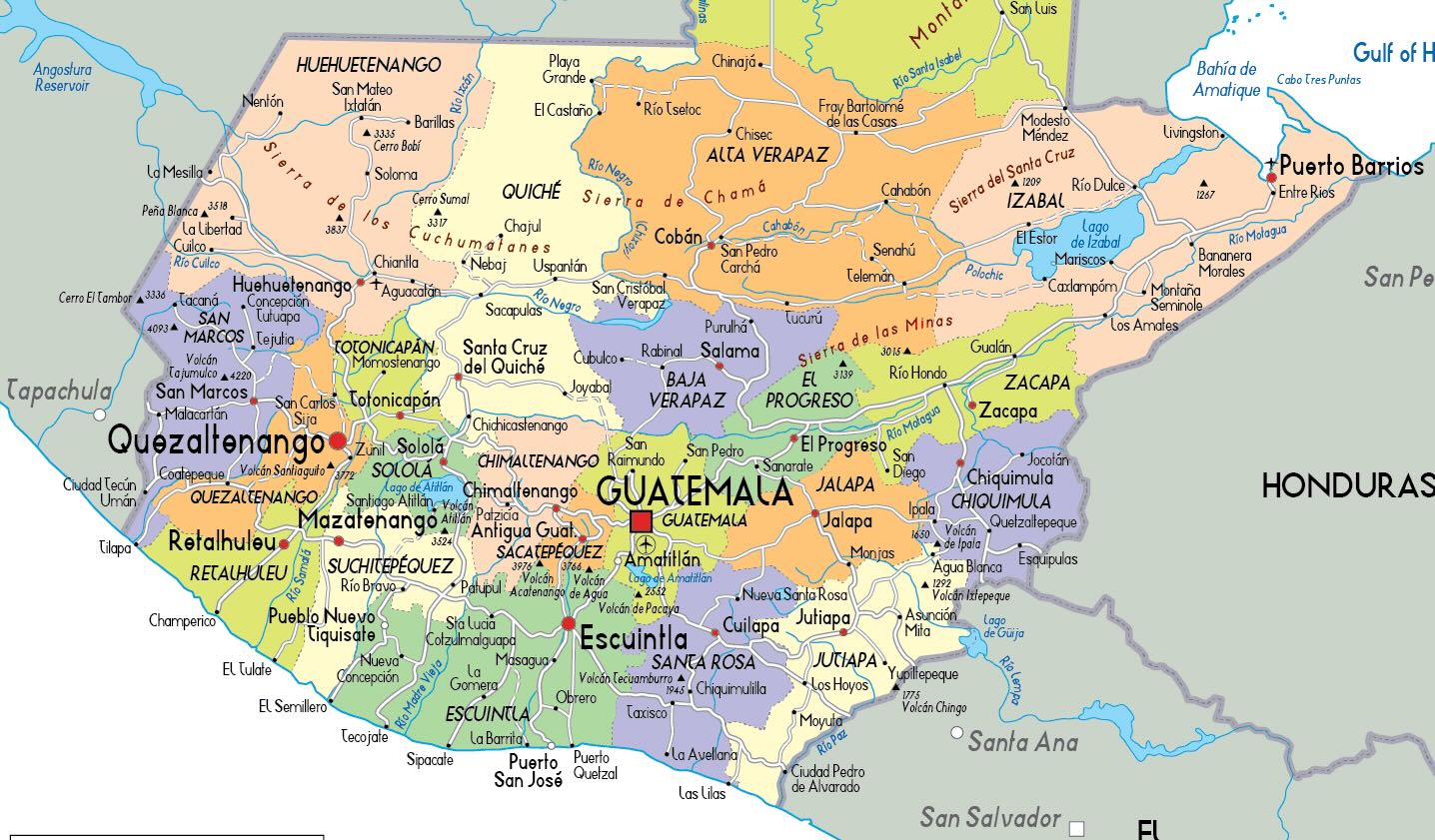
By all appearances, this should have been a minor footnote in Guatemala’s history. The would-be revolutionaries, after all, were city people without the skills to survive in the remote mountain highlands. But they recruited a few Mayans to their movement and then a few more until the Mayans dominated the guerilla movement. Yet the Mayans were never guided by ideology. The guerilla movement was a way of fighting back against centuries of repression, discrimination, and poverty. As one observer put it, “They’re Communists because of their stomachs, not because of their heads.”
As the guerilla movement grew the combat zone gradually moved south and into other regions. And the war became less a political revolution than an ethnic conflict. The military was dominated by Spanish-speaking ladinos who knew nothing of Mayan culture or the Mayan languages. All Mayans were seen as potential enemies, as was anyone who attempted to improve the Mayans’ lives. That lead to the formation of military-run death squads which targeted small town mayors, teachers, social workers, church leaders, and anyone else who dared to speak up. By 1981 over two hundred non-combatants were being kidnapped, killed, and dumped by the side of the road every month.
In 1976 the Lake Atitlán region had been seen as a peaceful place. A few years later the combination of active military death squads in the villages along the lake and a widening guerilla war elsewhere had put an end to that image. The era of hippie tourism in Guatemala was over. Continue reading →

